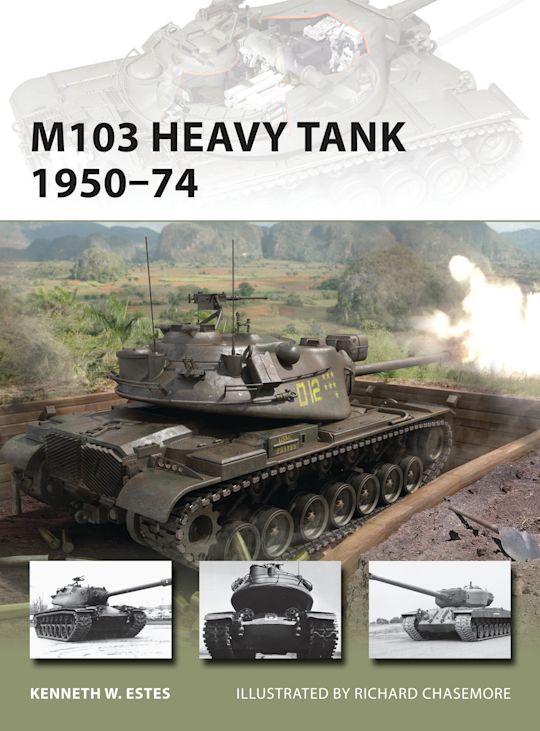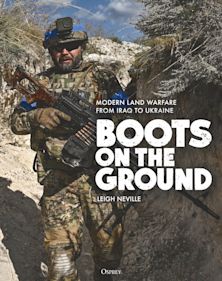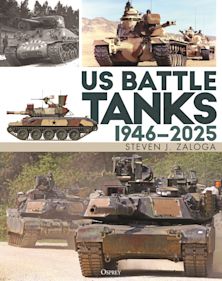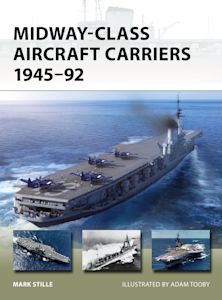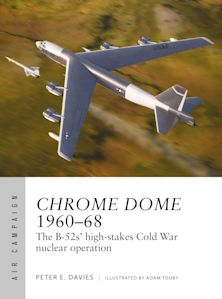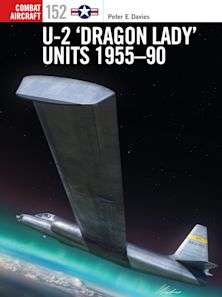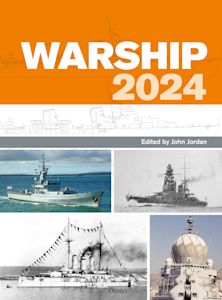M103 Heavy Tank 1950–74
Description
The T43 design represented the pinnacle of U.S. Army tank engineering of the late 1940s, with its cast elliptical hull and turret, Continental AV-1790 engine, cross-drive transmission, and torsion bar suspension. A range-finder and mechanical computer directed a powerful 120mm main gun in a novel electro-hydraulic turret, among other features. The heavy tank proved fairly popular with its crews, who above all respected the powerful armament it carried. Many challenges to the crewmen were taken on with a sense of pride. Typical was the job of the second loader to hand-ram both the projectile (positioned by the first loader at the breech) and the propellant cartridge into the chamber in a single movement, all within the confines of a narrow turret. The outbreak of war in Korea brought a rush order in December 1950 which led to a complete production run of 300 vehicles, considered sufficient for Army and Marine Corps requirements.
As might have been expected from the rush to production, the T43E1 failed its initial trials at Ft. Knox, mostly for erratic gun controls and poor ballistic performance of the projectiles. A modification program (of over 100 discrepancies) resulted in the standardization of the T43E1 as the 120mm gun combat tank, M103 in 1956.
After 1951, the Marine Corps alone retained confidence in the heavy tank program, investing its scarce funds in the improvements necessary to bring about its fielding after a hurried production run in midst of the 'tank crisis' of the year 1950-51. Without the Marine Corps' determination to bring the M103 to operational status, it seems clear that the 300 vehicles would have languished in storage before their eventual disposal. The correctness of the Marine Corps support of the M103 tank was in no small way acknowledged by the Army's borrowing of 72 M103A1 improved USMC tanks necessary for its single heavy tank battalion in Germany. No other weapon system, before the era of antitank missiles, could guarantee the destruction of the Russian heavies, which continued their service through the late 1960s. The eventual retirement of the M103 in 1972, over 20 years after manufacture and after 14 years of operational service, demonstrated the soundness of its engineering and fulfillment of its designed role. It may have been the unwanted 'ugly duckling' of the Army, which refrained from naming the M103 alone of all its postwar tanks. For the Marine Corps, it served the purpose defined for it in 1949 until the automotive and weapons technology of the United States could produce viable alternatives.
Table of Contents
Design & Development
Operational History
Variants
Bibliography
Index
Product details
| Published | Mar 19 2013 |
|---|---|
| Format | Paperback |
| Edition | 1st |
| Extent | 48 |
| ISBN | 9781849089814 |
| Imprint | Osprey Publishing |
| Illustrations | 25 b/w; 22 col |
| Dimensions | 10 x 7 inches |
| Series | New Vanguard |
| Short code | NVG 197 |
| Publisher | Bloomsbury Publishing |

Resources
Discover More
Visit our exclusive member's website to see artwork, maps, and more from this book.

Resources
Book Vote
Tell us what titles you would like to see published by Osprey, then vote for your favourites in our monthly book vote!

